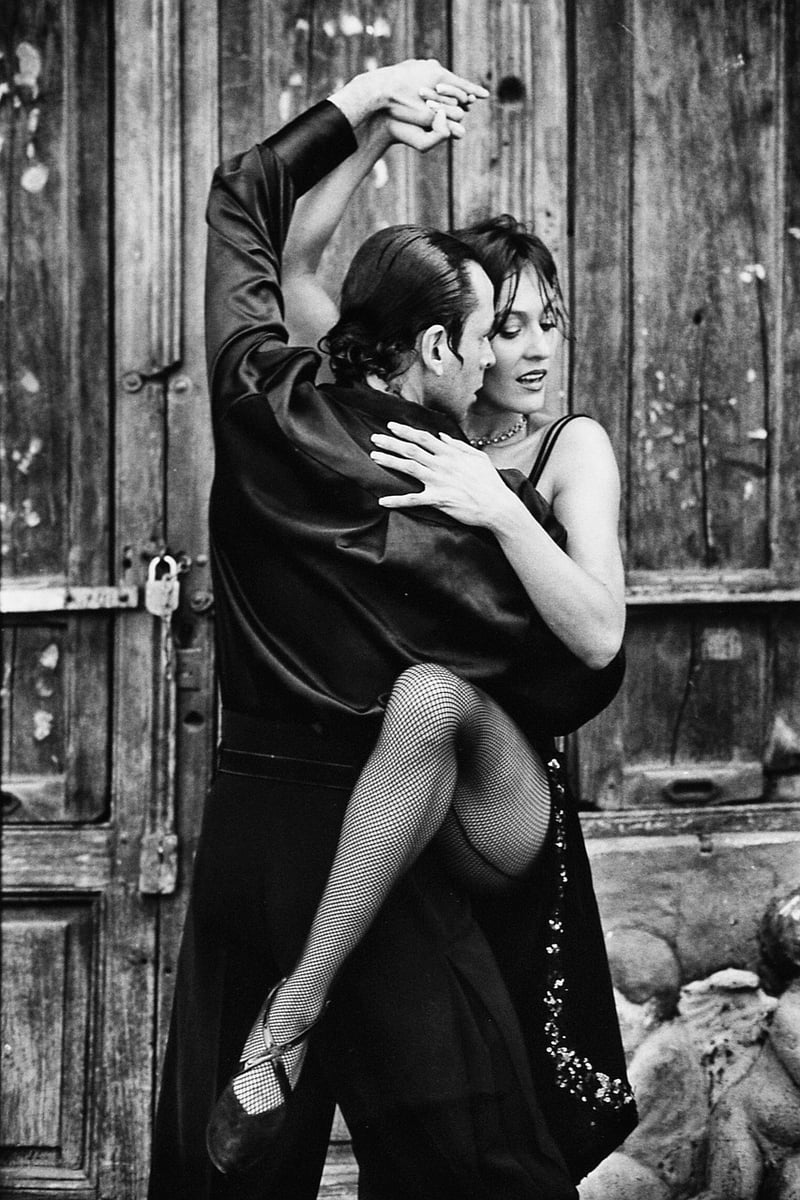Contemporary
The Fusion of Expressive Movement Form and Contemporary Dance

Expressive movement forms have been an integral part of human expression since ancient times. From traditional dances to modern interpretations, movement has served as a powerful means of communication and storytelling. In recent years, the fusion of expressive movement forms with contemporary dance has created a dynamic and innovative art form that captivates audiences worldwide.
The Essence of Expressive Movement
Expressive movement forms encompass a wide range of styles, including but not limited to ballet, modern dance, and cultural dances. These forms emphasize the use of the body to convey emotions, narratives, and abstract concepts. Through fluid gestures, intricate footwork, and dynamic interactions, expressive movement transcends language barriers and connects with audiences on a visceral level.
Evolution of Contemporary Dance
Contemporary dance emerged in the mid-20th century as a departure from traditional ballet and modern dance techniques. Characterized by its fusion of different movement styles, improvisational approach, and emphasis on individual expression, contemporary dance pushes boundaries and challenges conventions. Dancers in this genre often explore new ways of moving, interacting with space, and engaging with music and other art forms.
The Fusion
When expressive movement forms blend with contemporary dance, the result is a mesmerizing tapestry of movement, emotion, and creativity. Dancers draw inspiration from diverse cultural traditions, personal experiences, and social issues to craft performances that are both visually stunning and intellectually stimulating. The fusion allows for a rich dialogue between the past and the present, tradition and innovation, structure and spontaneity.
Impact and Influence
The fusion of expressive movement form and contemporary dance has had a profound impact on the performing arts landscape. It has opened up new possibilities for self-expression, collaboration, and cross-cultural exchange. Through this hybrid form, dancers are able to explore complex themes, provoke thought, and evoke deep emotional responses from audiences.
Overall, the fusion of expressive movement form and contemporary dance represents a bold and exciting evolution in the world of performing arts. By combining tradition with experimentation, discipline with freedom, dancers continue to push boundaries, inspire audiences, and redefine the art of movement.

